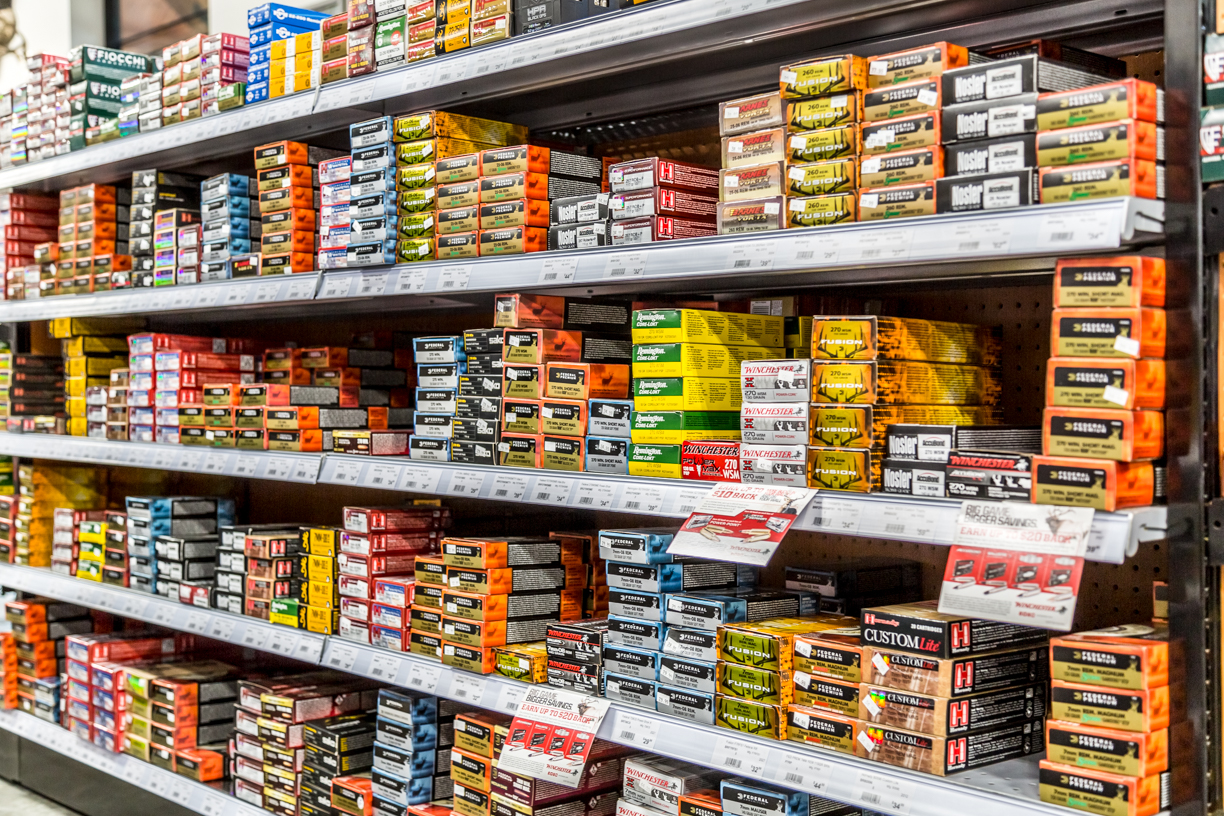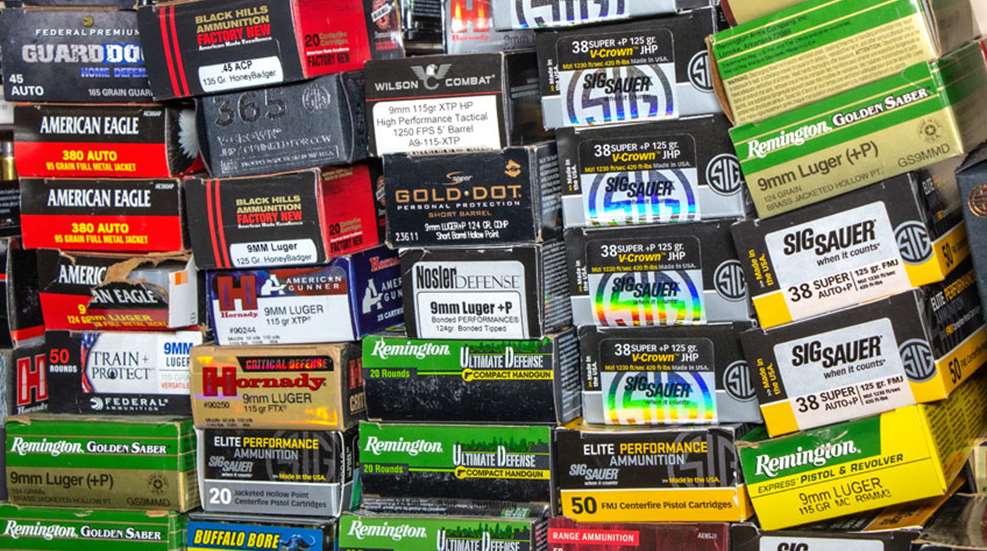

Reading Ammo Boxes
Reading Ammo Boxes

Walking into a gun store and finding a large selection of ammunition, can seem very dauting. They are usually grouped by caliber and in some sort of ascending order. Reading an ammo box label can seem like it was written in a foreign language. Add to that, the fact that different manufacturers highlight different things on their own product boxes. Some highlight their name or logo in huge letters while other important information (caliber etc) are in a smaller font size. Trust me though, there is some method to the madness. By the time you finish reading this, you should have a better understanding of ammunition boxes.
Manufacturer
Sometimes, companies like to brand their product in large letters and bright colors. Once you know your favorite ammo colors & logo, you can spot it like your favorite bag of chips in the snack isle. Some shooters stick to their own favorites, while others like myself, are equal opportunity ammo shooters. We like to try different types of ammunition.
Caliber
The caliber on the box should match the caliber stamped on your firearm. The inexperienced can get tripped up quite easily. For example, some may think that 45 Auto, 45 Colt and 45-70 are all interchangeable. They are not. So its very important to know what ammunition your firearm can shoot. Some firearms can shoot different calibers safely. For example, a .357 Magnum Revolver can shoot both .357 Magnum and .38 Special. (Though you cannot shoot .357 Magnum out of a .38 Special handgun. A .44 Magnum can shoot .44 Caliber and .44 Magnum.
Sometimes you might see letters after the caliber, like +P, which means increased pressure. If you use +P ammunition and your firearm is not rated for +P Ammunition, you may cause damage to the firearm and/or worse, you can potentially cause yourself serious injuries. What does this all mean? Well, the important thing is to know your firearm that you are buying ammunition for. Read the Instruction Manual, check the actual firearm and if you still aren’t sure, don’t be embarrassed to ask questions at the LGS (local gun store). Better safe than sorry.

Bullet Weight
Here is another one that trips people up sometimes. The correct answer is that it is the weight of the bullet. The bullet is the projectile part of the cartridge that “shoots” out of the barrel when you pull the trigger. It is not the entire weight of the cartridge nor is it the amount of gunpowder. The bullet weight is measured in grains. What’s a grain? A single grain is equal to 1/437.5 of an ounce. 150 grains is approximately 10 grams. Ok, so what does that mean in English? To put it into perspective, a nickel weighs 5 grams (2 nickels = 10 grams.) 4 US pennies or 10 paperclips or 10 birthday candles all weigh about 10 grams or 150 grains each. Ok so now we are getting somewhere. A .308 hunting load weighs about 150 grains or more.
Is bullet weight so important? Yes ! (of course its depends on what you are using it for) Heavier bullets travel slower, but usually pack a bigger punch. Lighter bullets travel faster and longer but may not have as much energy transfer. Of course, if you are plinking or shooting paper, that doesn’t matter too much, unless you are long distance shooting. Bullet weight can affect accuracy, recoil, distance, and more. There is a lot of science, but don’t worry, you wont have to read up on the subject unless you really want to.

Bullet Style
Bullet style refers to the type of bullet shape and/or design. Examples can be Full Metal Jack (FMJ), Semi-Jacketed Hollow Point (SJHP), Jacketed Hollow Point (JHP) etc. There are many more but these are just some basic examples. If unsure, ask at your friendly LGS. For the most part, FMJ is used for Target Ammo and Hollow Points are usually used for Self Defense.
Bullet Performance
There might be other numbers on the box label, such as Velocity of the bullet, or even amount of energy etc. There could also be other markers, which are unique to that manufacturer. Somewhere on the box, you may even find the amount of cartridges inside the box.
Conclusion
So hopefully this article brought you some insight into the crazy world of ammunition boxes labels. At Mad Partners Inc, we try to make the process as easy as possible. We will usually carry target ammo and self defense ammo. Please feel free to come in and ask questions. We really don’t mind and we are always up for meeting new friends. If you know what you want, then you can also check our website www.MadPartnersInc.com.
